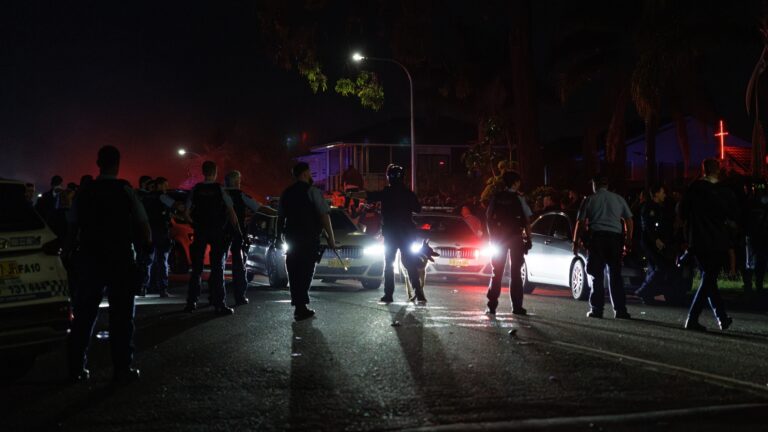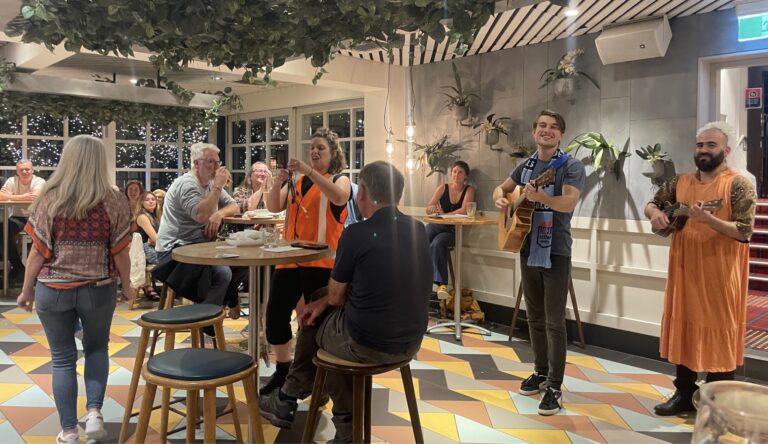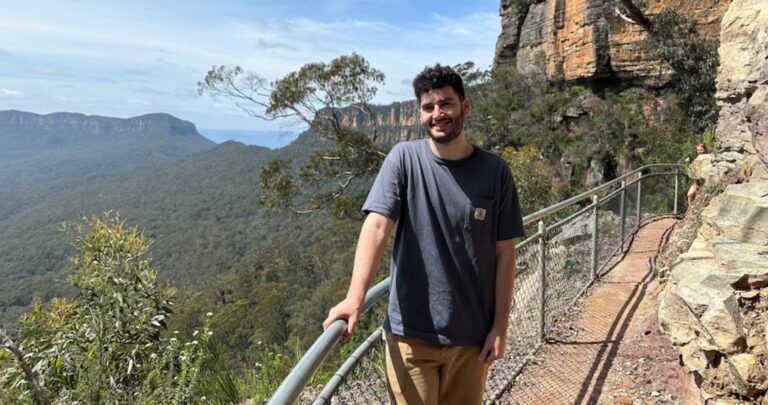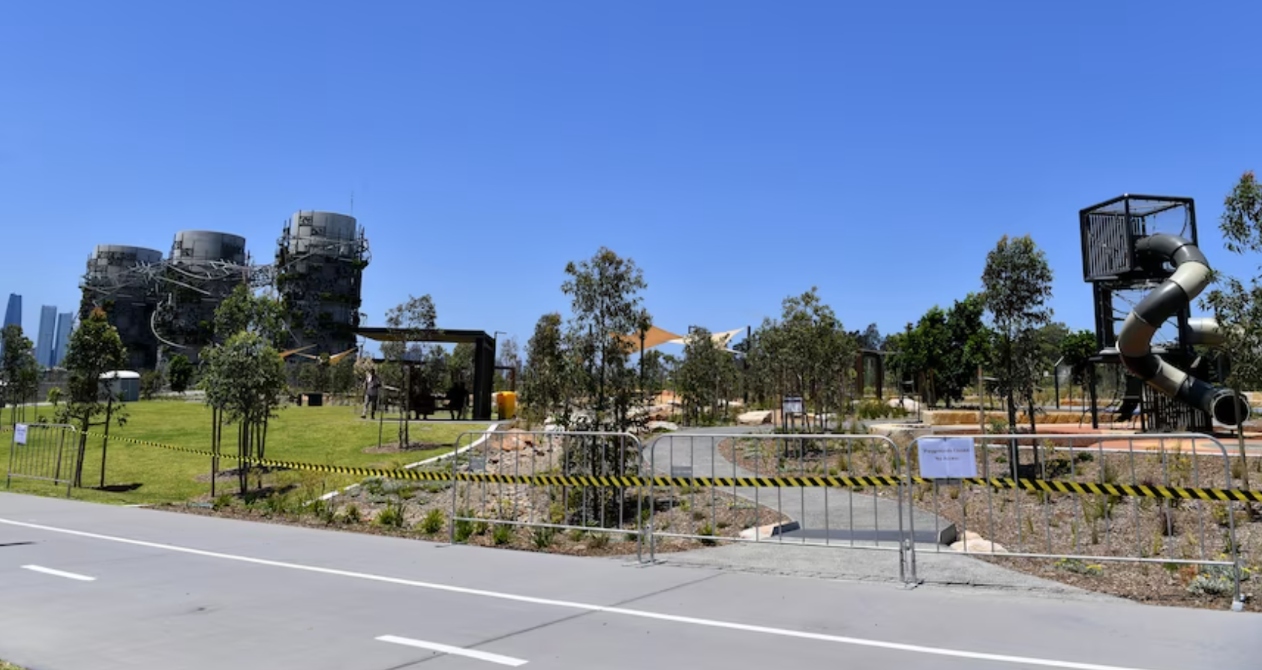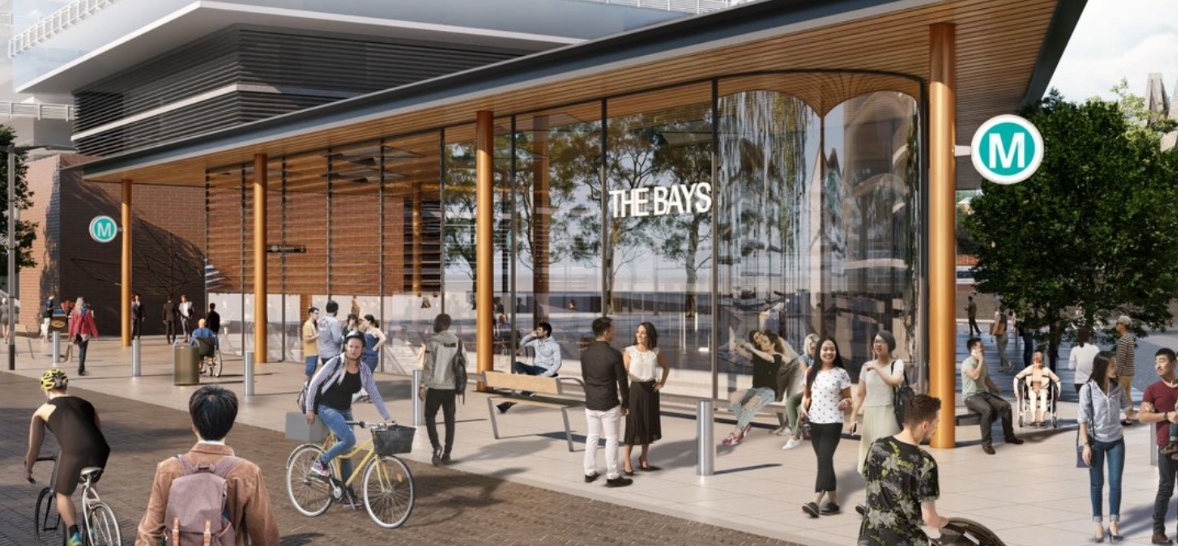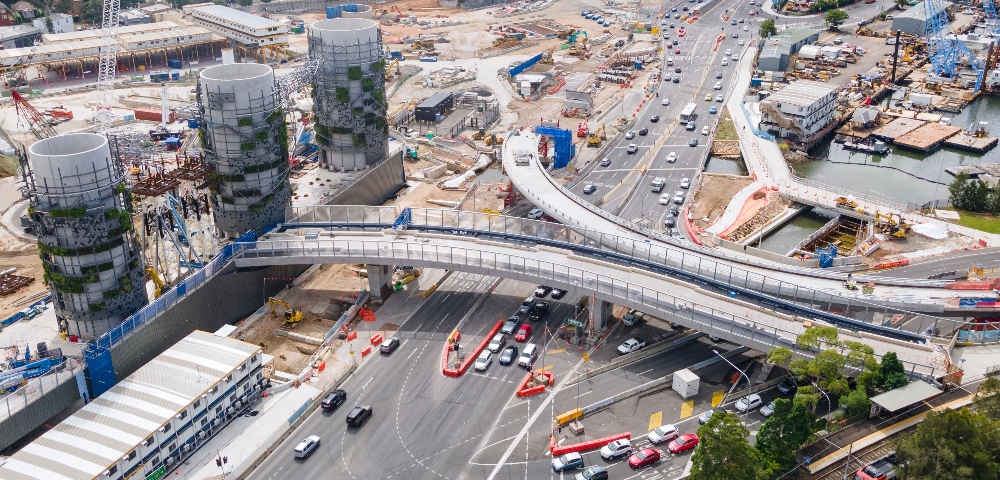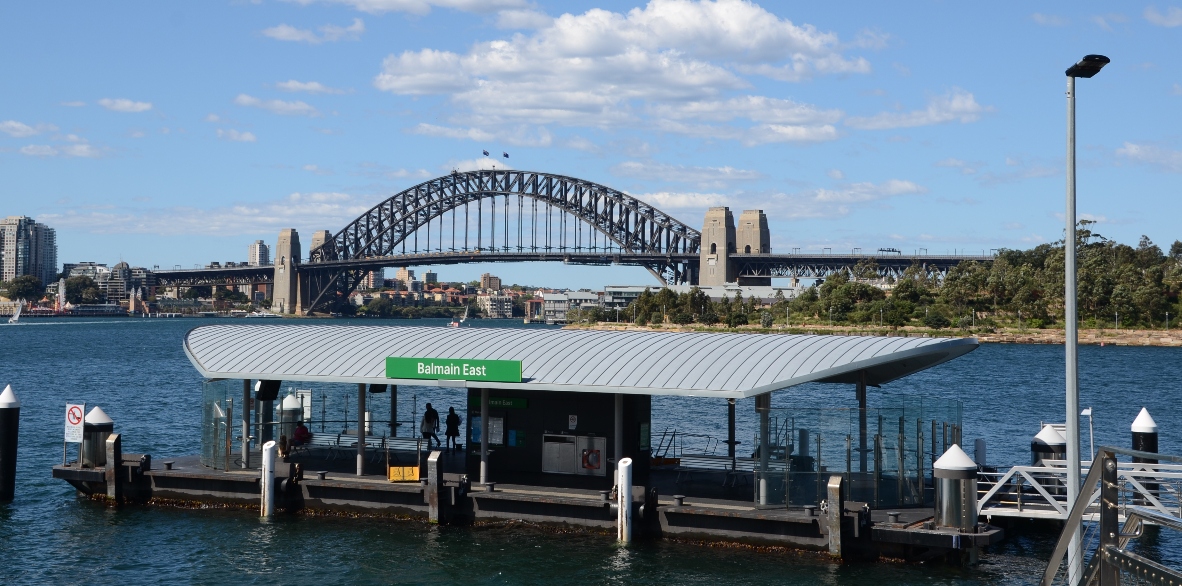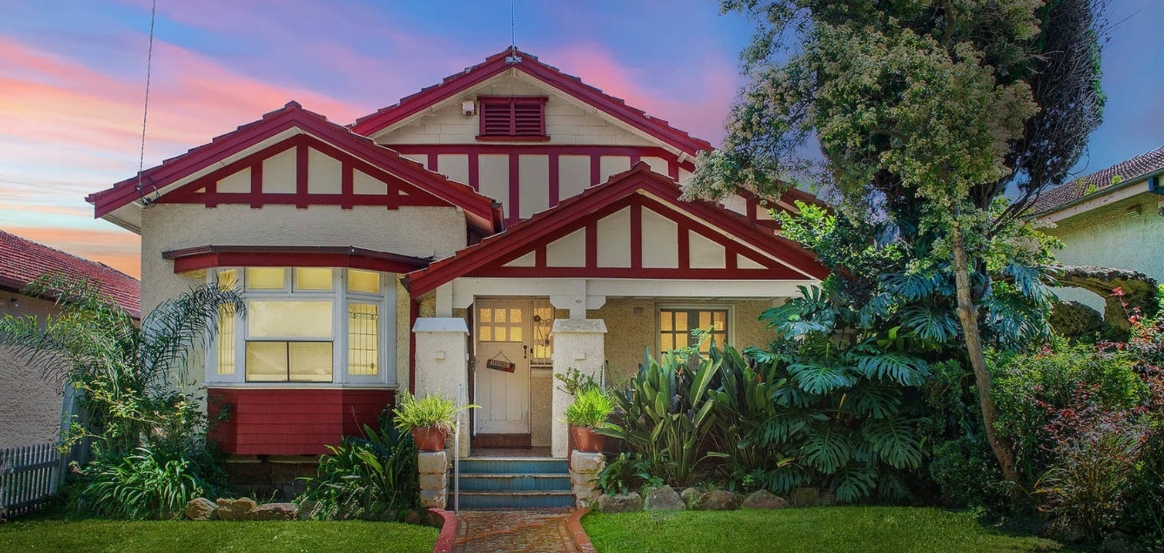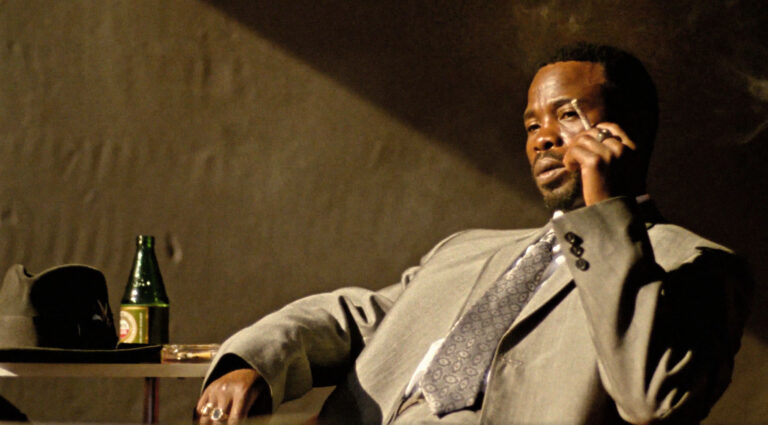
Inner West Council calls for community feedback on policies tackling gender inequality

By EVA BAXTER
The Inner West Council has released its gender equal representation policy and draft gender equity strategy for public exhibition in April and May, respectively.
Since the COVID-19 pandemic began, pre-existing gender-based social and economic inequalities have worsened. This has added a new sense of urgency to the development of a gender equity strategy.
Independent Councillor Pauline Lockie said that a range of organisations working to address domestic and family violence in the Inner West have been discussing this strategy for some time.
“One of the things that (was) identified as a gap was the fact that we didn’t have a strategy or a framework for addressing one of the root causes of domestic and family violence, which is inequality between genders,” she explained.
The strategy aims for ‘primary’ prevention, which addresses the drivers of violence, and is distinguished from council’s ongoing investment and support in ‘secondary’ prevention to change the trajectory for individuals at higher-than-average risk of perpetrating or experiencing violence.
The strategy references gender diversity, but Jody Toomey, chair of council’s LGBT+ working group was “disappointed” in the lack of consultation with the working group.
“You can’t represent without consultation,” she said.
Council will be consulting with the working group in early June.
Policy by announcement or change in culture?
Some councillors doubt the council’s ability to follow through with the policies.
Independent Councillor John Stamolis said, “the Inner West Council is very good on big policy announcements, often a little bit slower to make sure they happen.”
The gender equal representation policy, open for public exhibition until May 26, states, where possible, councillor committees, boards and panels of up to five members should achieve gender balance. Where there are 6 or more members, they should also include non-binary and transgender participation.
Where there is an odd number of vacancies available and diversity cannot be achieved, council will promote diversity by appointing more women than men.
But Toomey said, she “didn’t see the need for that delineation.”
“I can see them saying ‘I don’t want committees larger than five’, (to) try and keep the panel small just to try and keep trans people out.”
The gender equal representation policy responds to a council general manager recruitment panel which last year passed with three male councillors and a follow up suggestion of a female consultant.
Greens Councillor Marghanita Da Cruz said, “the fact that (council has) eight women and seven men and we ended up with a panel with three men on it was the problem.”
“It’s actually a cultural shift we need, we don’t need to write more laws and more policies, we actually need a change in how people behave and respect and participate in the process.”
The gender equity strategy is accepting public consultation until June 10. Members of the LGBT+ community are encouraged to provide feedback.
